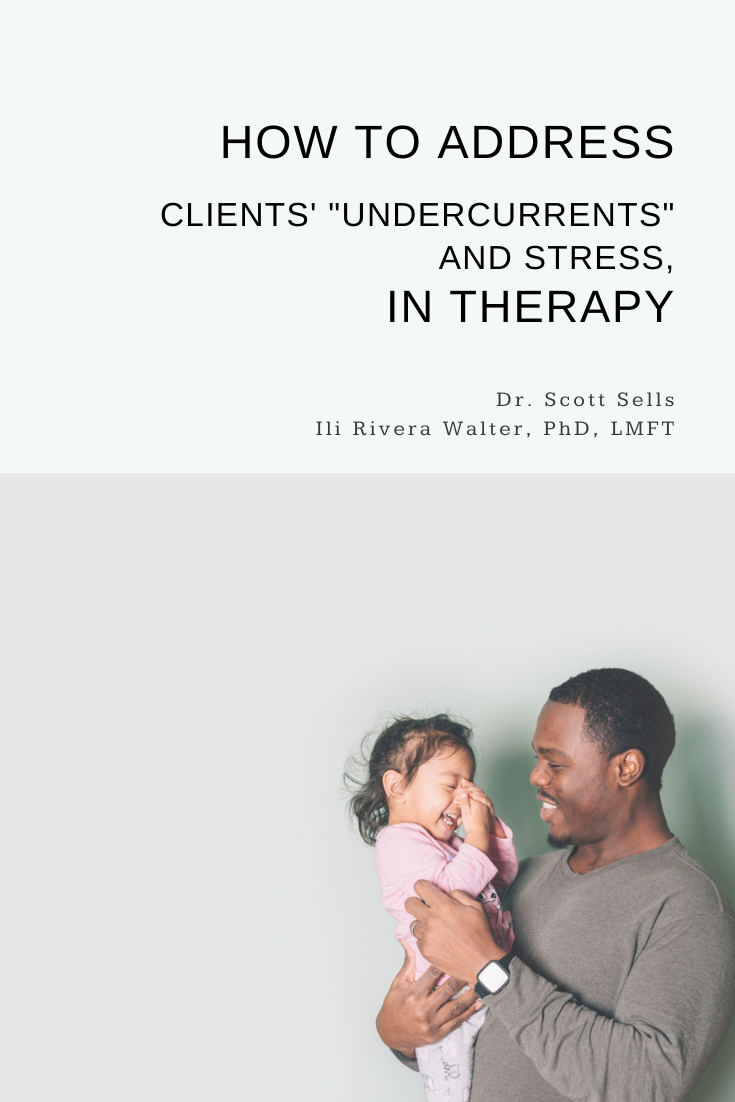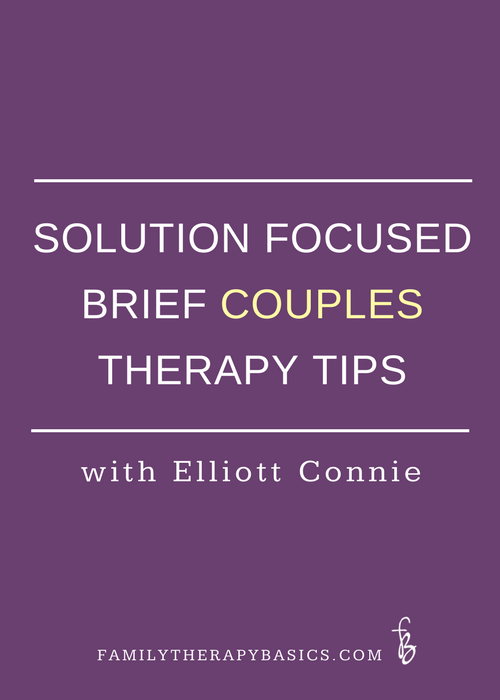Feeling confident when offering therapy to families is a goal for many therapists and counselors. When we face the limitations of an individual perspective on treatment, we are left to wonder, “What theory, or techniques, can help this client comprehensively?”
Dr. Scott Sells explains two techniques from the Family Systems Trauma Model (FST) that will reframe family problems and help lead to second-order change. FST is applicable to your work whether you see individuals, couples, or families.
Ili: The next question is: "How might these issues present themselves to therapists who mainly work with individuals or couples?"
So, “these issues” meaning the issues of families, the issues of interactional patterns, the issues of trauma. How do you see that these issues present themselves to therapists who mainly do individual work or couple work?
The Stress Chart Technique
Scott: Well, one of the techniques in this model, which is called the Family Systems Trauma Model, that is a technique right out of the gate, for diagnostic and assessment, is the stress chart. And, it's a simple visual thing that you put on a dry eraser board, or a powerpoint slide, which gets that to the family immediately, or individual, or couple.
How stressed out are you on a bad week? Zero percent, you're not at all; 100, you're through the roof.
And so, people start to see their stress. And then, you say—in relationship to whatever percentage you get; let's say it's a hundred percent:
What are your top three stressors?
And then, you do what's called a circular question:
“You said, I know that your mom, or dad, or significant other is not here, but how much stress do they have in relationship to you and the situation? And, what would their top three stressors be?
So, the client leaves there going, “Oh my gosh! The whole is greater than the sum of the parts.” And so, that's an example.
If you just say, “Go do systems theory,” people are like, “What??” But you use techniques like that.
The Apple Tree Technique
Then, it moves into drawing out an apple tree. So, you put the symptoms, or the stressors, on your stress chart that you just completed with the client, and you put them on apples to represent what you see—like an apple tree doctor would look at the apples and see if they're bruised, or stressed out. And then, what's fascinating, is you say to them:
Will you be my co-detective? Can we go beneath the soil, like an apple doctor, and investigate the toxic seeds and undercurrents that are the drivers of these symptoms?
So, I say, it's just like a doctor doing blood work; they want to look underneath the skin to see.
And people get into this narrative, because then they get to be self-detectives. Like, a parent the other day said, “Yes. I didn't realize that we had unhealed wounds as our toxic seed, and the undercurrent of roots was grief issues. We've never even talked about it.”
And so, you move the narrative from the individual, to expand the symptom out, to let's look at the undercurrent that we have to fix, or cure. People love that, because they come in very much blaming and shaming each other, and that tool: The Stress Chart, to The Seed Tree diagram, to the undercurrent, allows people to become part of a new narrative.
RESOURCES
For more on Family Systems Trauma:
Read an introduction to the model
Grab a copy of the full theory manual
Learn more about Dr. Scott Sells’ course, designed to lead to model mastery, step-by-step
*Affiliate Disclosure: Amazon affiliate links are used in this post to recommended books. If you choose to use our links to purchase a book, Family Therapy Basics will earn a small percentage of your purchase, which goes toward supporting the free resources offered on this site. I appreciate your support, whether by purchasing, reading, or sharing!
*I am a proud affiliate for Dr. Sells’ Advanced Training Course in FST. I only feature clinical experts whose work I believe is valuable and transformational for therapists. Please contact me with any questions.
Let’s Chat
Let me know, in the comments below:
What questions do you have about the Family Systems Trauma Model?













